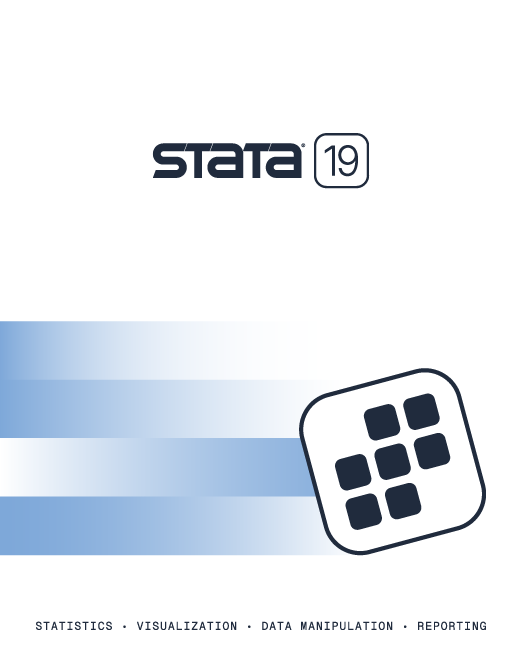

2025 Stata Conference • Nashville, TN • 31 July–01 August
Last updated: 12 October 2012

Grand Hotel Majestic “Giá Baglioni”
Via Indipendenza, 8
40121 Bologna
Italy
Missing data is a pervasive issue in epidemiological, clinical, social, and economic studies. This presentation offers a brief overview of the conceptual issues raised by missing data, followed by an overview of some of the principled statistical methods of handling missing data that are implemented in Stata 12, including multiple imputation and inverse probability weighting.
Materials:
it12_bartlett.pdf
Abstract not available.
Materials:
it12_lo_magno.pdf
visua_0_1_beta_windows_setup_and_sources.zip
Abstract not available.
Materials:
it12_cerulli.pdf
Abstract not available.
Materials:
it12_pisati.pdf
Abstract not available.
Materials:
it12_daniel_de_stavolo_cousens.pdf
Abstract not available.
Materials:
it12_de_stavolo_daniel.pdf
Visualizing the true effect of a predictor over a range of values can be difficult for models that are not parameterized in their natural metric, such as logistic or (even more so) probit models. Interaction terms in such models cause even more fogginess. This illustrates how both the margins and the marginsplot commands can make for much clearer explanations of effects for both nonstatisticians and statisticians alike.
Materials:
it12_rising.pdf
Una-Louise Bell, TStat S.r.l.
[email protected]Rino Bellocco, Karolinska Institutet
[email protected]Giovanni Capelli, Università degli Studi di Cassino
[email protected]Marcello Pagano, Harvard School of Public Health
[email protected]Maurizio Pisati, Università degli Studi di Milano–Bicocca
[email protected]
TStat S.r.l, the official distributor of Stata in Italy.
Learn
Free webinars
NetCourses
Classroom and web training
Organizational training
Video tutorials
Third-party courses
Web resources
Teaching with Stata
© Copyright 1996–2025 StataCorp LLC. All rights reserved.
×
We use cookies to ensure that we give you the best experience on our website—to enhance site navigation, to analyze usage, and to assist in our marketing efforts. By continuing to use our site, you consent to the storing of cookies on your device and agree to delivery of content, including web fonts and JavaScript, from third party web services.
Cookie Settings
Last updated: 16 November 2022
StataCorp LLC (StataCorp) strives to provide our users with exceptional products and services. To do so, we must collect personal information from you. This information is necessary to conduct business with our existing and potential customers. We collect and use this information only where we may legally do so. This policy explains what personal information we collect, how we use it, and what rights you have to that information.
These cookies are essential for our website to function and do not store any personally identifiable information. These cookies cannot be disabled.
This website uses cookies to provide you with a better user experience. A cookie is a small piece of data our website stores on a site visitor's hard drive and accesses each time you visit so we can improve your access to our site, better understand how you use our site, and serve you content that may be of interest to you. For instance, we store a cookie when you log in to our shopping cart so that we can maintain your shopping cart should you not complete checkout. These cookies do not directly store your personal information, but they do support the ability to uniquely identify your internet browser and device.
Please note: Clearing your browser cookies at any time will undo preferences saved here. The option selected here will apply only to the device you are currently using.